Making its world premiere at the inaugural Japan Mobility Show, the Lexus LF-ZC is our next-generation battery electric vehicle concept. The saloon and its associated technologies preview a new production model that is scheduled for launch in 2026.
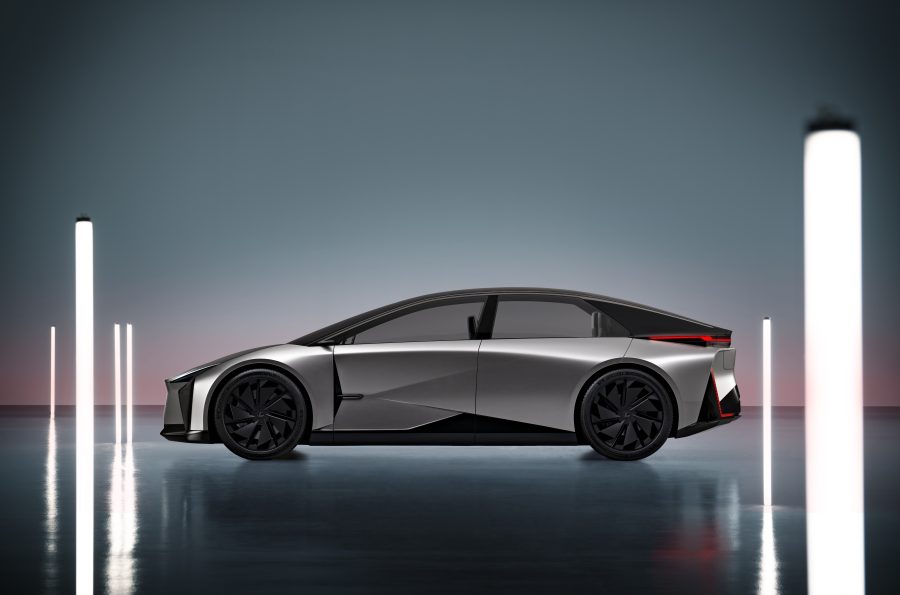
Presented under the theme Pushing the Boundaries of the Electrified Experience, the Lexus LF-ZC offers insight into how we will maximise the opportunities offered by electrification and include new technologies to deliver fresh mobility experiences. Joining the LF-ZC is the Lexus LF-ZL, a flagship battery-electric SUV that offers a glimpse into a future where mobility, people, and society are seamlessly connected.
Lexus aims to be a battery-electric vehicle brand in Europe by 2030 and globally by 2035. Achieving this goal requires the introduction of a completely new modular vehicle structure, cutting-edge new production technologies, and an all-new vehicle software platform.
Lexus LF-ZC: functionality and beauty, without compromise
The LF-ZC symbolises Lexus’s electrification journey, with its sleek proportions, low centre of gravity, spacious cabin and an emotionally charged design that blends functionality and aesthetics while promising an exhilarating driving experience.
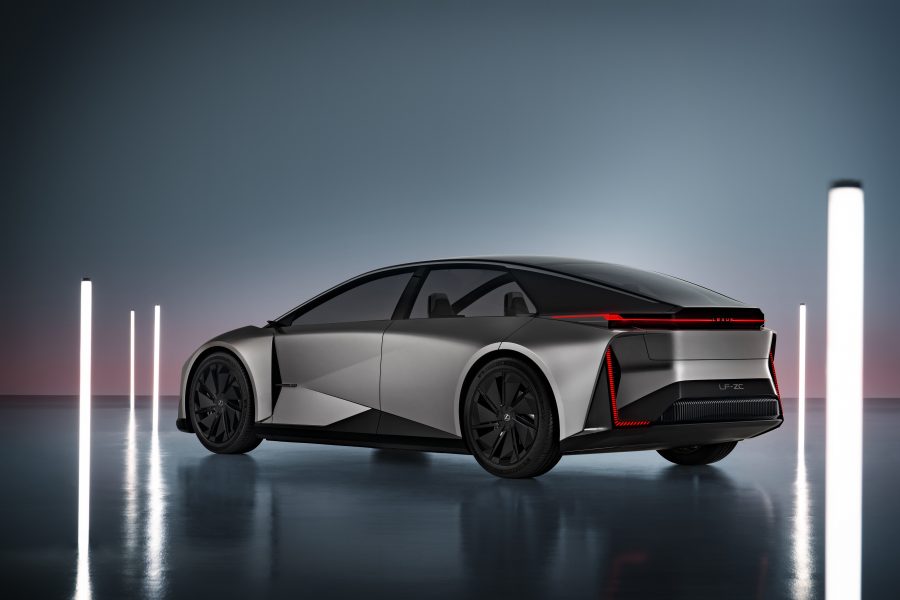
The design theme, known as Provocative Simplicity, prioritises aerodynamic performance and incorporates distinctive features and structures specific to BEVs. The design team has strived to achieve a captivating, condensed, and ground-hugging form that instantly creates a sense of emotional impact.
The concept displays a sleek silhouette which extends from the low-slung bonnet, through the tapered cabin towards the rear. The flared rear wheel arches are accentuated, giving a balance between aerodynamic performance and wide stance. The spindle body design flows from the car’s face, continuing seamlessly along the sides to the rear bumper, symbolising an all-encompassing evolution of function and design through electrification.
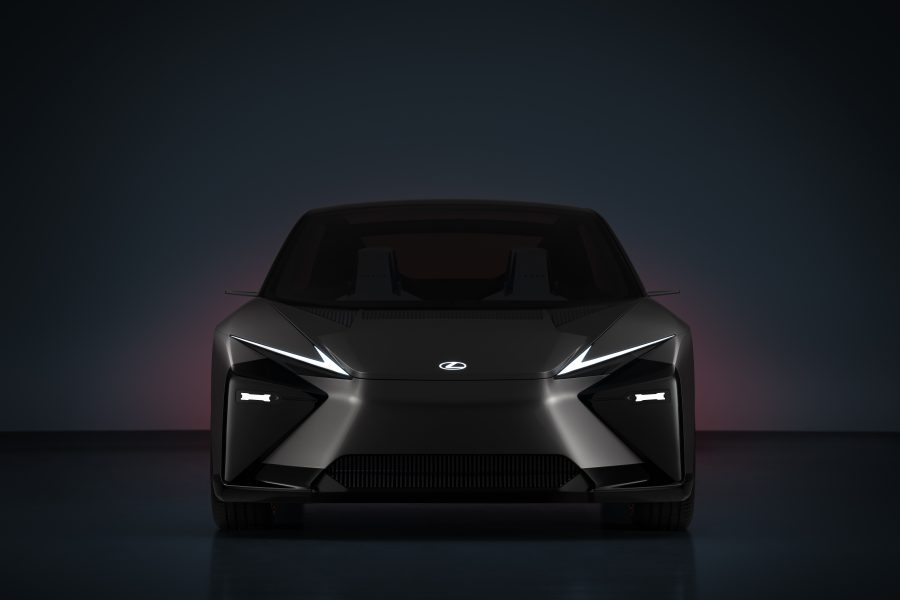
Functional elements have been transformed into distinctive features, with integration of aerodynamic components such as air intakes and outlets. The result is an emotionally engaging exterior that delivers aerodynamic performance with no sense of the design being commoditised.
Cockpit and driving performance
The LF-ZC concept features a next-generation fully digital intelligent cockpit that provides intuitive, quick access to essential controls in an immersive driving environment. The introduction of the new Arene operating system will enable progressive feature updates to keep pace with the evolution of safety systems and multimedia functions. Indeed, as Arene OS evolves, Lexus aims to provide a personalised driving experience with a focus on delivering an ideal balance of acceleration, cornering and braking. The goal is to create the ultimate vehicle for each customer through a synergy of hardware and software.
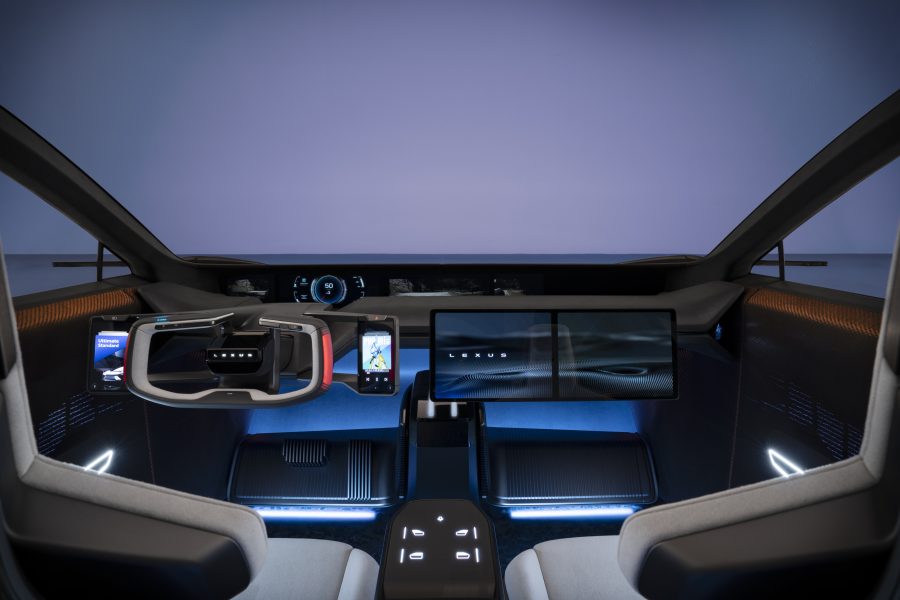
Positioning the front occupants in a low, forward position creates a sense of spaciousness in the interior. The fully flat floor and panoramic roof add overhead expansiveness, resulting in an unexpectedly open interior design not evident from the exterior. Functions that have previously been spread across a wide area of the cockpit have been consolidated on digital pads within the driver’s reach. Operational functions such as shifts, safety and driver assistance systems, and drive mode selection are located on the left-hand pad, while convenience features such as audio, climate control phone and AI functions are grouped on the right.
A distant view meter projects information onto the windscreen like a head-up display, and digital side mirrors are fitted to minimise shifts in the driver’s focus, promoting concentration on the task of driving. An ultra-wide monitor on the front passenger side can be used as an open platform for entertainment and diverse mobility applications.

Lexus aims to achieve approximately twice the range of conventional BEVs with next-generation prismatic batteries and improved energy efficiency. The aim is to allay range concerns and help users enjoy the drive, whether a city commute or a long-distance trip. Improved aerodynamics and weight reduction enhance vehicle efficiency and battery performance. The battery’s low profile contributes to increased vehicle design flexibility, resulting in a more attractive silhouette. It also helps secure a low centre of gravity for improved driving dynamics. High energy density is achieved by simplifying and compacting the battery structure.
The adoption of the new Arene OS will have an unprecedented impact on vehicle driving dynamics. In a single vehicle it will be able to replicate the driving characteristics, sounds and vibrations associated with different types of car, so the driver can tailor the experience to suit their personal preference. The combination of steer-by-wire and over-the-air software updates will allow vehicle settings from the virtual space to be brought into the real world.
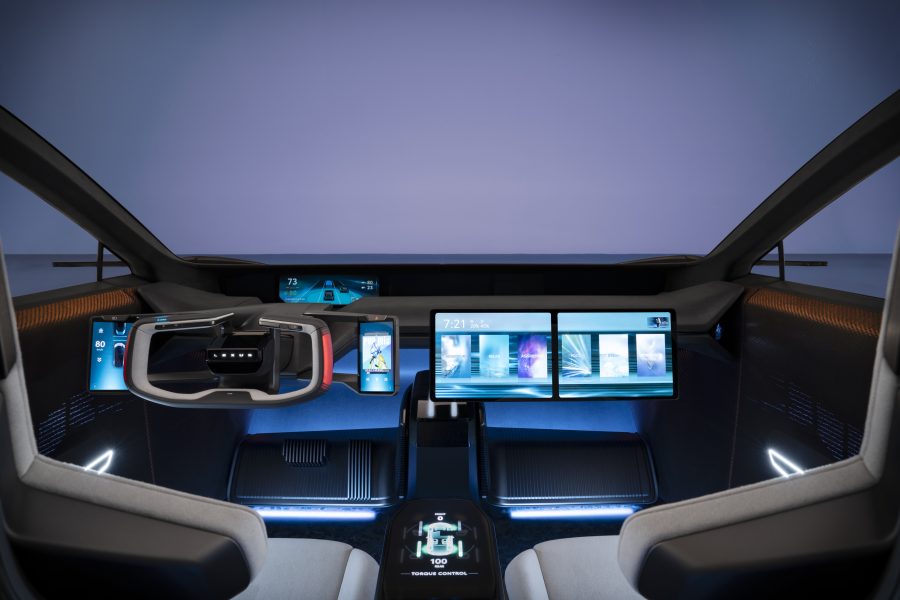
True personalisation through advanced customisation
Next-generation voice recognition will use AI technology to provide a service that’s like talking to an attentive and accommodating personal servant, with a swift response to commands and helpful, flexible suggestions. Using self-learning functions for software customisation, the vehicle will automatically apply optimal personalised settings for each customer, each time the car is driven.
Going beyond the performance of conventional navigation tools, the system makes route and driving mode recommendations that are aligned with the driver’s preferences, based on their daily activity patterns and current mood. The system goes further than simply understanding people’s personal characteristics; it has the potential to identify subliminal preferences they might not be aware of.
New modular structure
The Lexus LF-ZC will feature a new modular structure which divides the vehicle body into three parts: front, centre and rear. This will be made possible through gigacasting, a process which will provide greater freedom of form. Meanwhile, the integration of parts will increase rigidity, contributing to linear, natural vehicle dynamics.
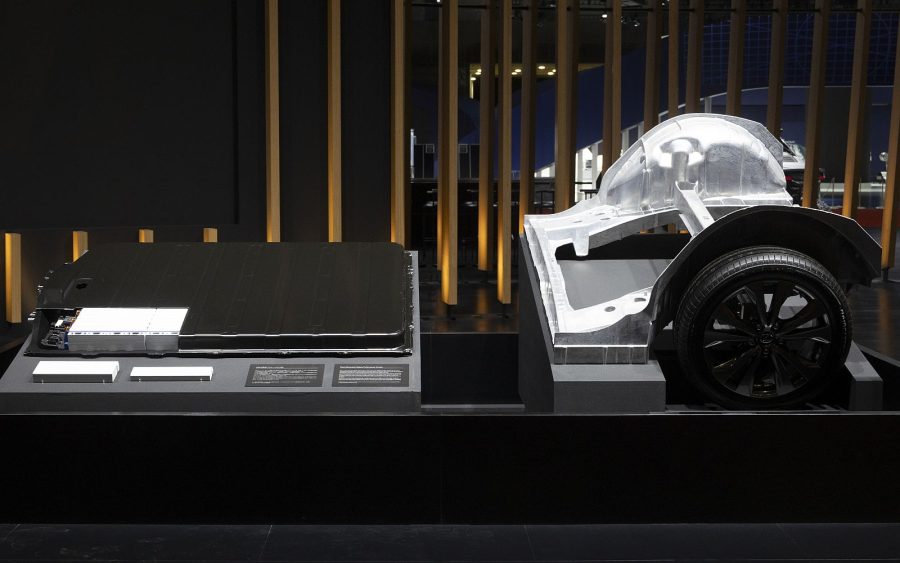
Locating the battery in the centre section ensures there is no structural effect on the front and rear. It also allows for simple integration of advances in battery technology, making future development more agile.
The production process will use a self-driving assembly line, where cars will move autonomously through each stage of the manufacturing process. Eliminating conveyor belts from the production line will allow for more flexible factory layouts, reduce the lead-time for mass production and save on investment costs.

Lexus LF-ZC outline specifications
| Overall length | 4,750 mm |
| Overall width | 1,880 mm |
| Overall height | 1,390 mm |
| Wheelbase | 2,890 mm |
| Cd value | Less than 0.2 (target) |
Lexus LF-ZL: hints of a future battery electric flagship
The LF-ZL concept points to a future Lexus flagship model, one that will offer a prestigious ownership experience. The driving experience will be tailored to each individual, the vehicle taking hints from the driver’s habits and making personalised suggestions to foster unparalleled interaction. This flagship model aims to help empower people to live the life they want while contributing positively to their personal surroundings, the wider environment and society as a whole.
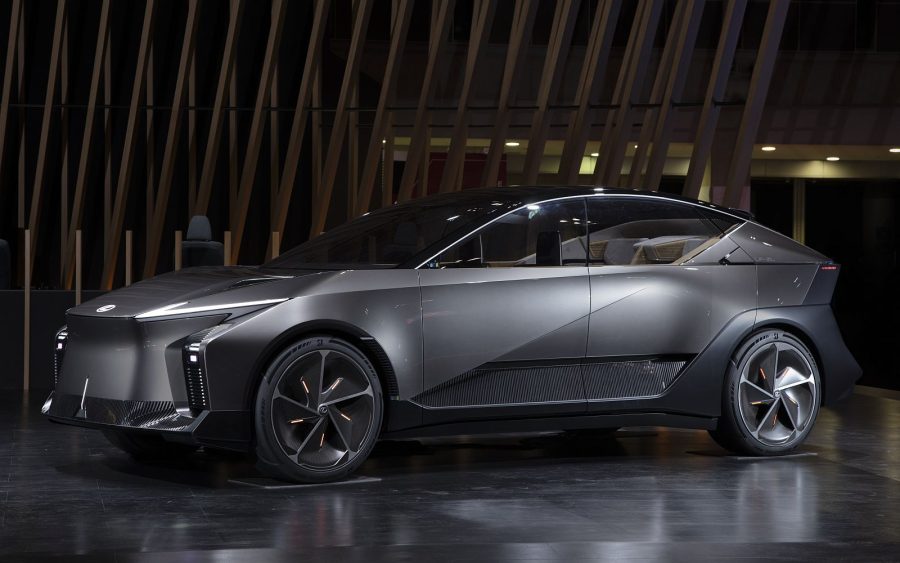
Its cabin is spacious and relaxing, taking advantage of the freedom in BEV-specific packaging and optimising interior space. Technology is applied to make traditional omotenashi features even more advanced, ensuring an even more pleasurable onboard experience.
By harnessing the capabilities of Arene OS, Lexus will establish advanced information integration that learns and anticipates the driver’s needs, resulting in a personalised mobility experience. It also generates fresh experiential value by enabling interaction with a range of societal infrastructure and services. For example, when drivers point to objects or places of interest during their journey, the car’s display promptly delivers information along with voice guidance, enhancing the interactive connection between people and their cars.
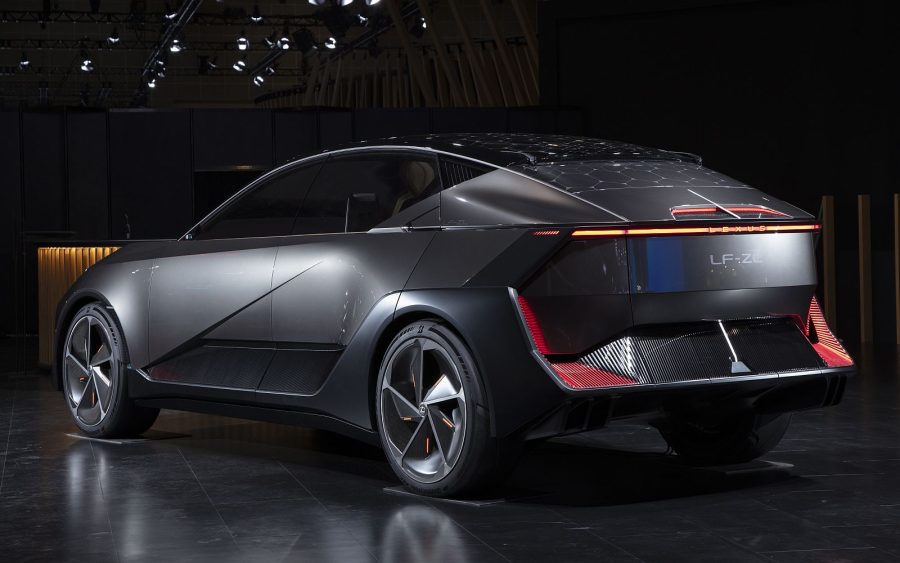
Big Data is used to manage the charging process and power supply, so the vehicle can be connected to a network and become an integral part of the local infrastructure when parked. This allows seamless integration of the vehicle with the customer’s lifestyle.
Lexus LF-ZL outline specifications
| Overall length | 5,300 mm |
| Overall width | 2,200 mm |
| Overall height | 1,700 mm |
| Wheelbase | 3,350 |
Learn more: Lexus Future concept cars
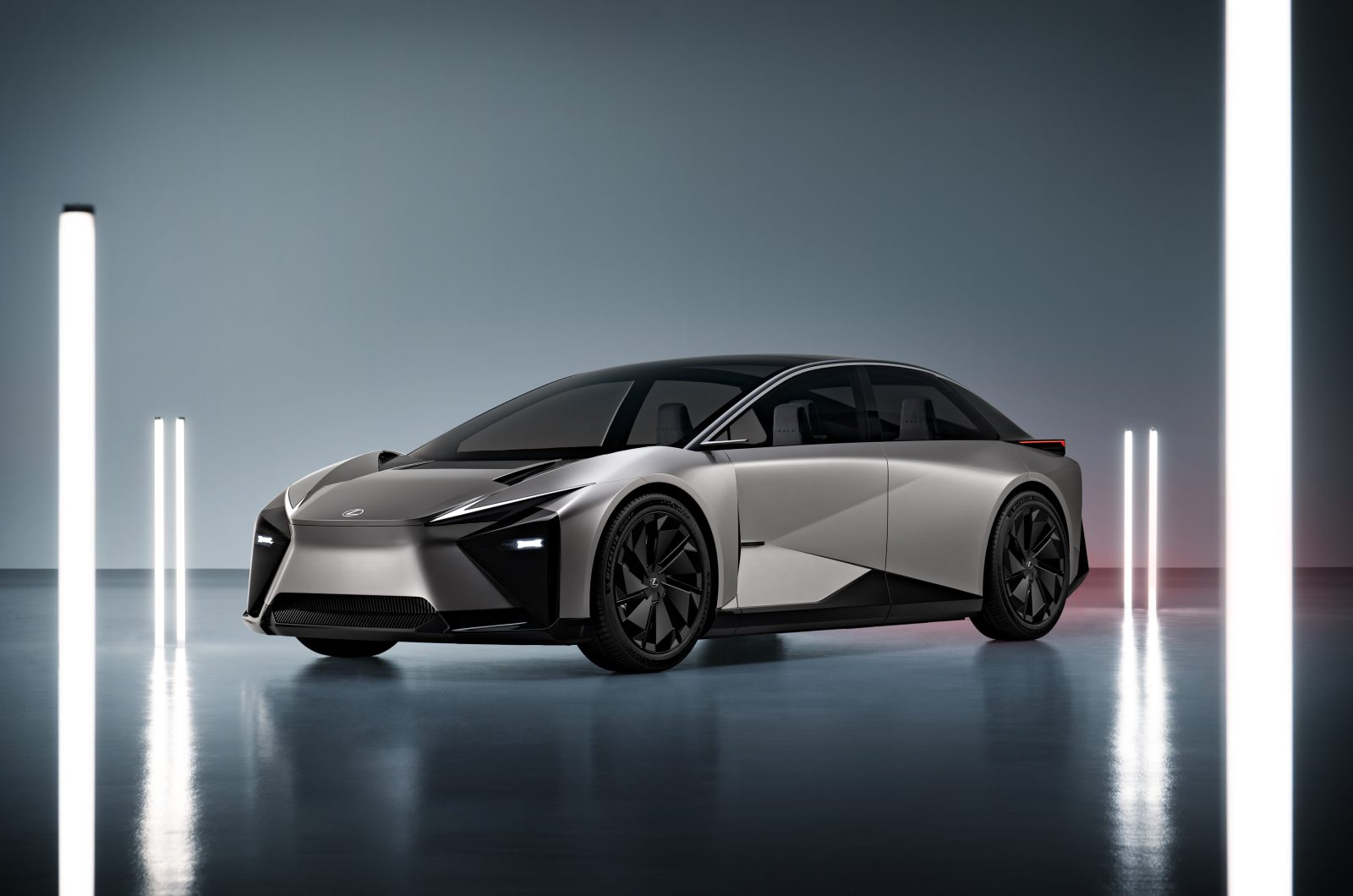

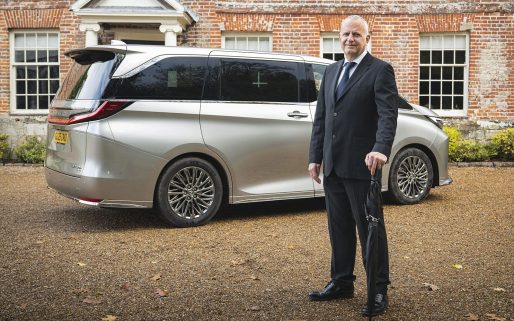
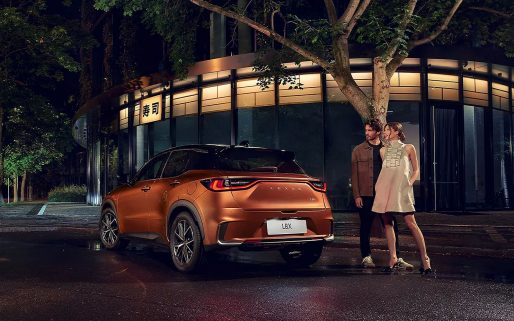
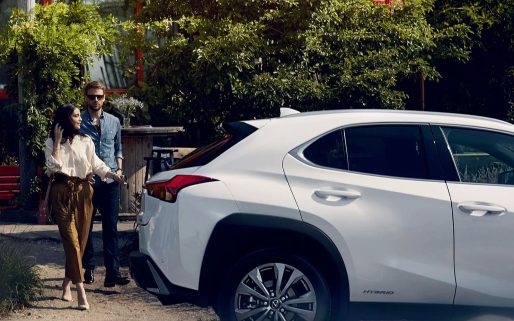
Number of passenger doors?
Is a full BEV planned for the LS range?
I still drive my LS400 that I bought new in 1992.
Hello Colin, thanks for your comment.
Thank you for your interest in this vehicle!
Currently, this is all the information we have on the Lexus LF-ZC concept.
Please check back on the mag for any future updates.
Thanks.
Ugliest car I have ever seen! If this is the future I won’t be a Lexus owner for long.
Should sit very nicely next to my LC 500 convertible.
I’m interested to have one
Will look very nice in my garage next to my LC 500 convertible.
This car has my attention
Looks good will it increase distance before charging
Hello Richard, thanks for your comment.
Thank you for your interest in this vehicle!
Currently, this is all the information we have on the Lexus LF-ZC concept.
Please check back on the mag for any future updates.
Thanks.
It’s all about the range…..how far will it travel on a charge? That’s what we all want to know. Until the range is right we are staying with internal combustion or hybrid.
As with most EV media announcements, plenty of mention ref software/AI/connectivity but little about range, powertrain etc. Looks great though … . I’ll be looking to swap our Lexus in 2026/27 so, depending on price … .
Good heavens what a fantastic looking machine
If only?